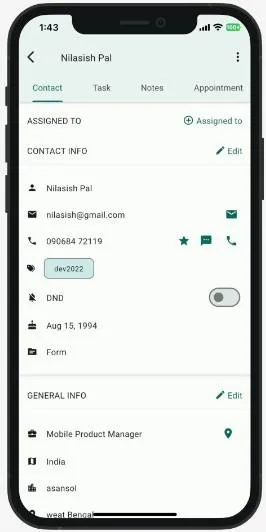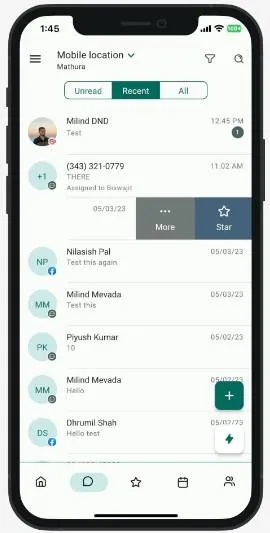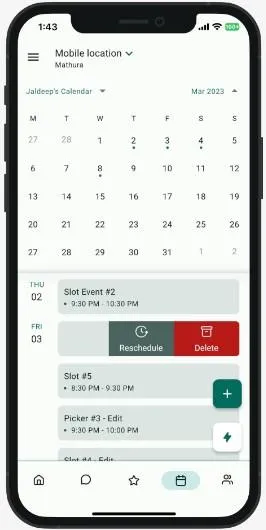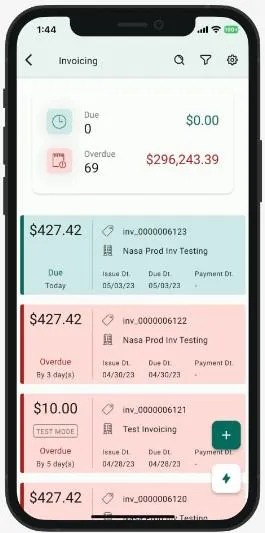Achieve More with a CRM Built for Results
Simplify Sales, Enhance Collaboration, and Maximize Your ROI

Manage Your Business Anywhere
Customer Interaction Has Never Been Easier.
When you start using the Lead Connect mobile application that is included with all of our business AI systems and set up by the Reply Amp team for your company, you'll wonder how you ever lived without it.
What is a CRM?
A Customer Relationship Management (CRM) system is a software tool designed to help businesses manage and improve their interactions with customers, leads, and prospects. It serves as a centralized hub for storing customer data, tracking communication, and streamlining sales, marketing, and customer service processes.
You Need an Efficient CRM.
The Reply Amp CRM is simple, powerful, and designed to keep your business running smoothly.

What Can the Reply Amp CRM Do for You When Used Effectively?
When used effectively, a CRM can:
1) Organize Customer Data:
Store and access detailed customer information, including contact details, purchase history, preferences, and communication records, all in one place.
2) Improve Customer Relationships:
Build stronger relationships by personalizing interactions and ensuring timely follow-ups, making customers feel valued and understood.
3) Streamline Sales Processes:
Track leads, manage sales pipelines, and automate repetitive tasks like follow-ups, allowing sales teams to focus on closing deals.
4) Enhance Marketing Efforts:
Segment customers based on behavior or demographics and create targeted campaigns to improve engagement and conversion rates.
5) Boost Team Collaboration:
Share customer insights across teams, ensuring everyone is aligned and working toward the same goals.
6) Increase Efficiency:
Automate tasks like scheduling, invoicing, and reporting, saving time and reducing manual errors.
7) Provide Actionable Insights:
Generate reports and analytics to track performance, identify trends, and make data-driven decisions to grow the business.
8) Improve Customer Retention:
Proactively address customer needs and resolve issues quickly, leading to higher satisfaction and loyalty.




























